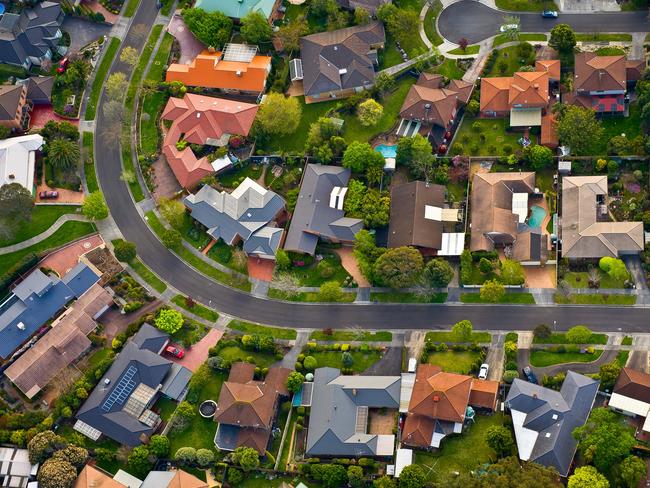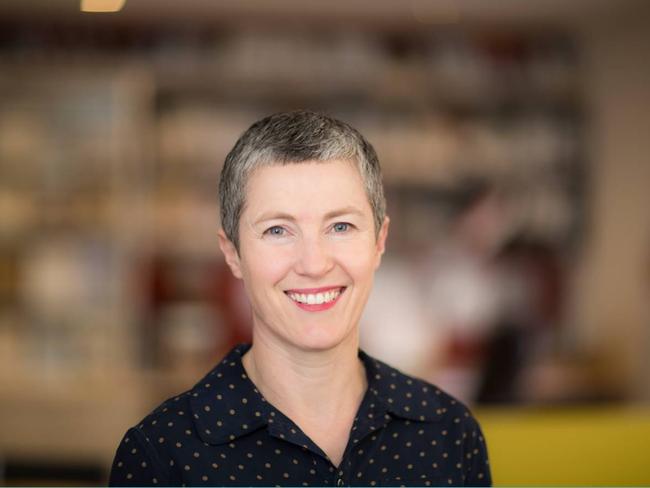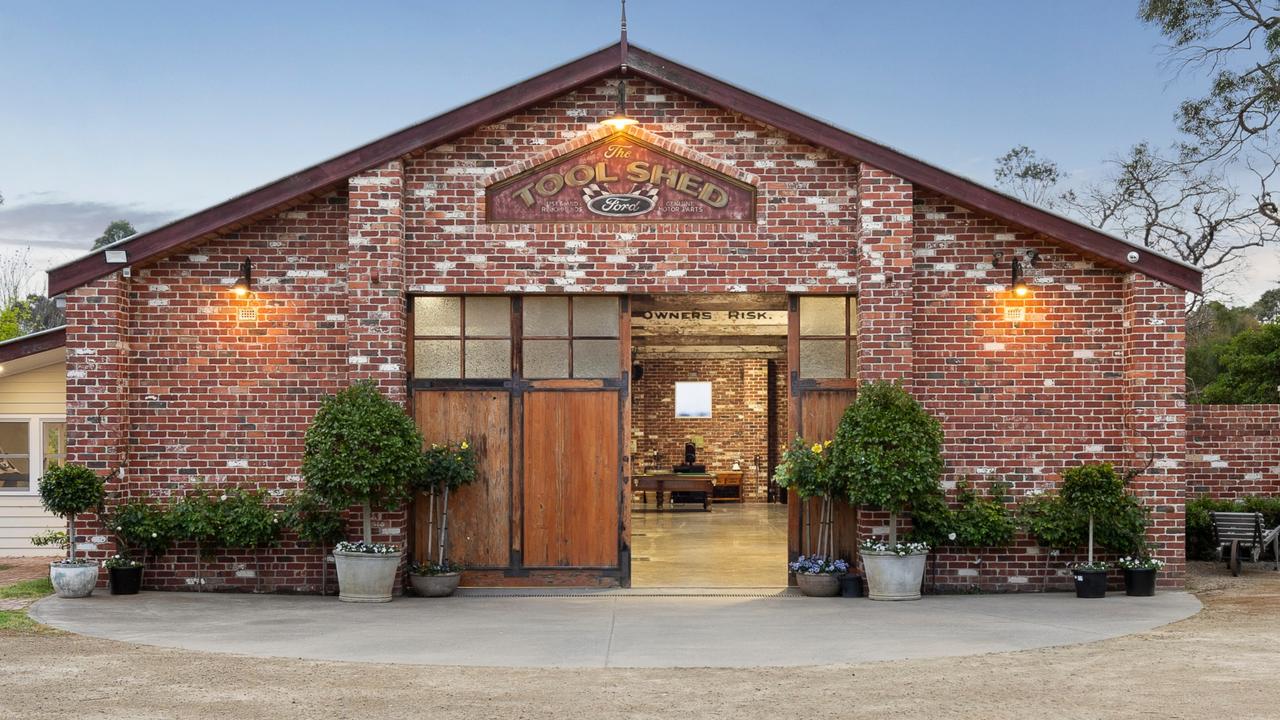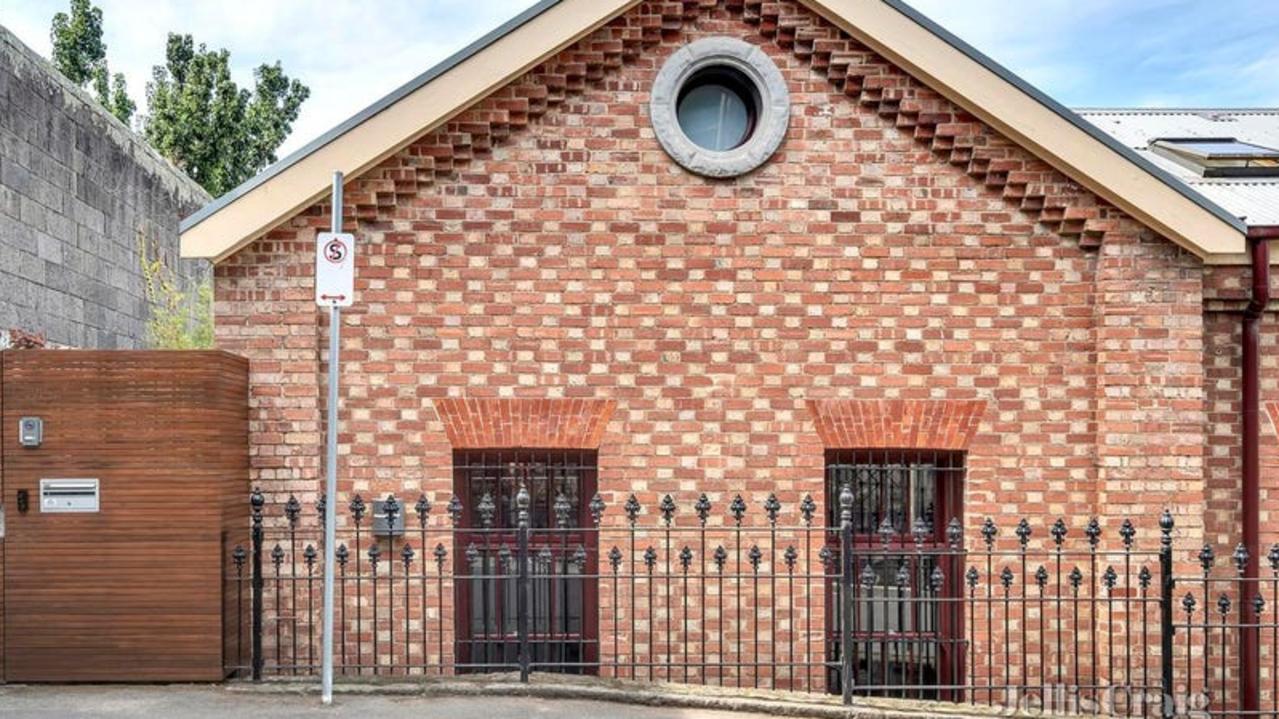Research reveals more than 60,900 vacant properties across Melbourne
Investors are “hoarding” tens of thousands of vacant properties across Melbourne and contributing to the housing affordability crisis, a tax reform body says. See which suburbs are the worst for empty houses.

Leader
Don't miss out on the headlines from Leader . Followed categories will be added to My News.
Investors are “hoarding” thousands of vacant properties across greater Melbourne and contributing to the housing affordability crisis, new research says.
Prosper Australia’s latest Speculative Vacancy report estimates more than 60,900 residential properties in 258 suburbs could be sitting empty.
This is while more than 82,000 Victorians are struggling to keep a roof over their heads.
RELATED NEWS
COUNCIL STRIKES DEAL TO UNLOCK VACANT HIGHETT LAND
VANDALISED HAMPTON PARK ‘EYESORE’ GONE AT LAST
NORTH-EAST LINK TO DESTROY 138 PROPERTIES
Up to 16.2 per cent of investor-owned rental properties were potentially vacant, the report said.
Vacancy was determined by water use of less than 50L per day during a twelve-month period (2017) based on City West Water, South East Water and Yarra Valley Water data.
Prosper Australia said if the 24,872 properties that had zero water usage during 2017 were put on the market they would increase Melbourne’s rental vacancy rate to 7.8 per cent.
The REIV’s latest estimate of the metropolitan vacancy rate is 3.1 per cent.
SCROLL DOWN TO SEE THE WORST SUBURBS FOR VACANT PROPERTIES
“Speculative vacancies are unethical and should not be encouraged,” the report states.
“We ask policy makers to look at speculative hoarding as a root cause to the ensuing affordability issue.”
Prosper Australia found Box Hill and Box Hill South had the highest vacancy rate in greater Melbourne at 9.6 per cent, with 943 of 9863 properties recording no water use.
Burwood came in second with a residential vacancy rate of 6.4 per cent, followed by
Brunswick West (5.3 per cent), Bellfield (5 per cent) and Nunawading with 4.4 per cent.

The report said it was possible properties in the eastern suburbs — such as Box Hill, Burwood and Doncaster — were being held by international families hoping to get permanent residency.
Council to Homeless Persons acting chief executive Kate Colvin said it was “pretty horrifying” to see so many potentially vacant properties with more than 25,000 people sleeping rough on any given night.
There are more than 82,500 people — 24,622 of them children — seeking public housing in Victoria.
RELATED
CHILD HOMELESSNESS ‘OUR NATIONAL SHAME’
Ms Colvin said making vacant properties available would help make housing more affordable for people who were being priced out of the private rental market.
“This (study) exposes the flaws of housing and tax policies when investors feel they can make more profit by hoarding properties and selling them as ‘new’,” Ms Colvin said.
“Tax policies are giving people the incentive to do this.”
Prosper Australia is calling on both the Federal and State governments to reform tax policies that incentivise property hoarding.
It is also calling on the State Government to expand its Vacant Residential Property Tax to:
■ include all vacant land within the urban growth boundary (beyond the 16 inner Melbourne councils to which it currently applies)
■ add an escalating, sliding tax scale over time — meaning the longer the property was vacant, the higher the tax
■ have significant fines for investors who failed to self-declare

A State Government spokesperson said the government had taken action to help Victorians buy property.
“Since 2017, thousands of Victorians have saved money off their first home through stamp duty concessions and first homeowner grants.
“The Vacant Residential Land Tax is also helping renters by encouraging investors to rent out their properties.”


